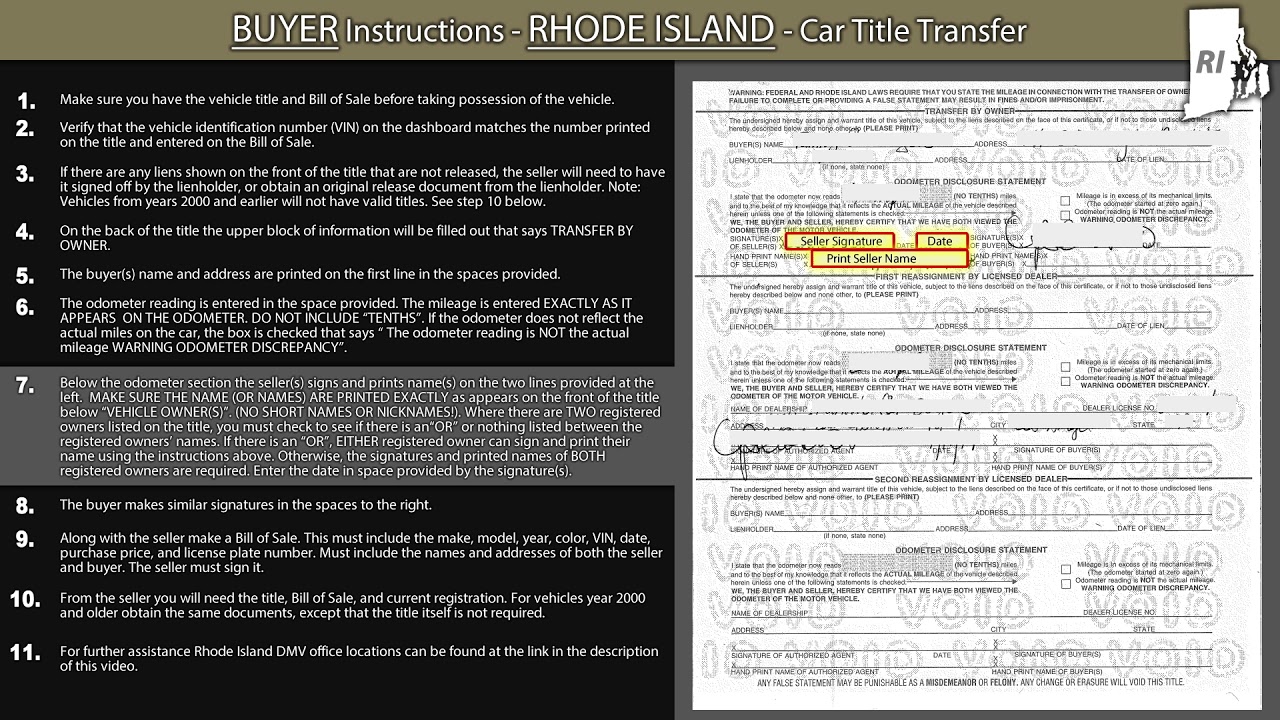Introduction to Rhode Island’s Climate Zone
Rhode Island, the smallest state in the United States, is located in the New England region of the country. It has a varied climate, influenced by several factors such as its geographic location, proximity to the Atlantic Ocean, and neighboring states. Understanding Rhode Island’s climate zone is essential for predicting weather patterns, assessing vulnerability to climate change, and implementing effective mitigation strategies.
Factors Determining Rhode Island’s Climate Zone
Several factors contribute to determining Rhode Island’s climate zone. These include latitude, elevation, ocean currents, prevailing winds, and proximity to neighboring states. The interplay of these factors creates a unique climate profile for the state, influencing temperature ranges, precipitation patterns, and other weather phenomena.
Overview of Climate Classification Systems
Climate classification systems provide a framework for categorizing different regions based on their climatic characteristics. The most commonly used classifications are the Köppen climate classification and the Trewartha climate classification. These systems take into account temperature, precipitation, and other climatic variables to define different climate zones. Rhode Island’s climate zone can be determined using these classification systems.
Rhode Island’s Geographic Location and Climate
Rhode Island’s geographic location plays a significant role in shaping its climate. It lies in the humid continental climate zone, which is characterized by hot summers, cold winters, and moderate precipitation throughout the year. However, its proximity to the Atlantic Ocean also influences its climate, bringing maritime influences that moderate temperatures and increase precipitation.
Comparison of Rhode Island’s Climate with Neighboring States
When comparing Rhode Island’s climate with its neighboring states, it is evident that there are similarities and differences. Rhode Island experiences similar weather patterns to other New England states, including Massachusetts and Connecticut. However, due to its coastal location, it tends to have slightly milder winters and cooler summers than its inland neighbors.
Rhode Island’s Temperature and Precipitation Patterns
Rhode Island’s temperature and precipitation patterns vary throughout the year. Summers are typically warm, with average temperatures ranging from 70°F (21°C) to 85°F (29°C). Winters can be cold, with average temperatures ranging from 20°F (-6°C) to 40°F (4°C). Precipitation is evenly distributed throughout the year, with an average annual rainfall of approximately 45 inches (114 cm).
The Influence of Ocean Currents on Rhode Island’s Climate
Ocean currents, particularly the Gulf Stream and the Labrador Current, have a significant influence on Rhode Island’s climate. The Gulf Stream, a warm current originating in the Gulf of Mexico, brings warm air and moderates temperatures along the coast. Conversely, the Labrador Current, a cold current originating in the Arctic, brings cooler air and influences temperature ranges.
Rhode Island’s Climate Zone Classification
Based on the Köppen climate classification system, Rhode Island falls into the humid continental climate zone (Dfa). This classification is characterized by hot summers, cold winters, and year-round precipitation. It is further influenced by maritime influences due to its proximity to the Atlantic Ocean.
Climate Change and its Impact on Rhode Island
Climate change poses significant challenges for Rhode Island. Rising temperatures, sea-level rise, increased storm intensity, and changing precipitation patterns are already impacting the state. These changes have implications for the environment, economy, infrastructure, and public health. Addressing and mitigating the effects of climate change is crucial for the state’s future well-being.
Rhode Island’s Vulnerabilities to Climate Change
Rhode Island faces several vulnerabilities to climate change due to its coastal location. Sea-level rise poses a significant threat to low-lying coastal areas, including infrastructure and ecosystems. Increased storm intensity increases the risk of flooding and erosion, impacting coastal communities. Additionally, changing precipitation patterns could affect agriculture, water resources, and natural ecosystems.
Measures to Mitigate Climate Change in Rhode Island
Rhode Island has implemented various measures to mitigate the effects of climate change and reduce greenhouse gas emissions. These include transitioning to renewable energy sources, promoting energy efficiency, investing in public transportation, and implementing sustainable land-use practices. The state has also developed resilience plans to address the impacts of climate change and adapt to future changes.
Conclusion: Rhode Island’s Climate Zone and Future Perspectives
Rhode Island’s climate zone is influenced by multiple factors, including its geographic location, neighboring states, and ocean currents. The state’s climate falls within the humid continental zone, characterized by hot summers, cold winters, and year-round precipitation. However, climate change poses significant challenges, including rising temperatures, sea-level rise, and changing precipitation patterns. Taking proactive measures to mitigate these effects and adapt to future changes is crucial for Rhode Island’s resilience and sustainability. By implementing strategies to reduce greenhouse gas emissions and promote resilience, Rhode Island can protect its environment, economy, and communities for future generations.





